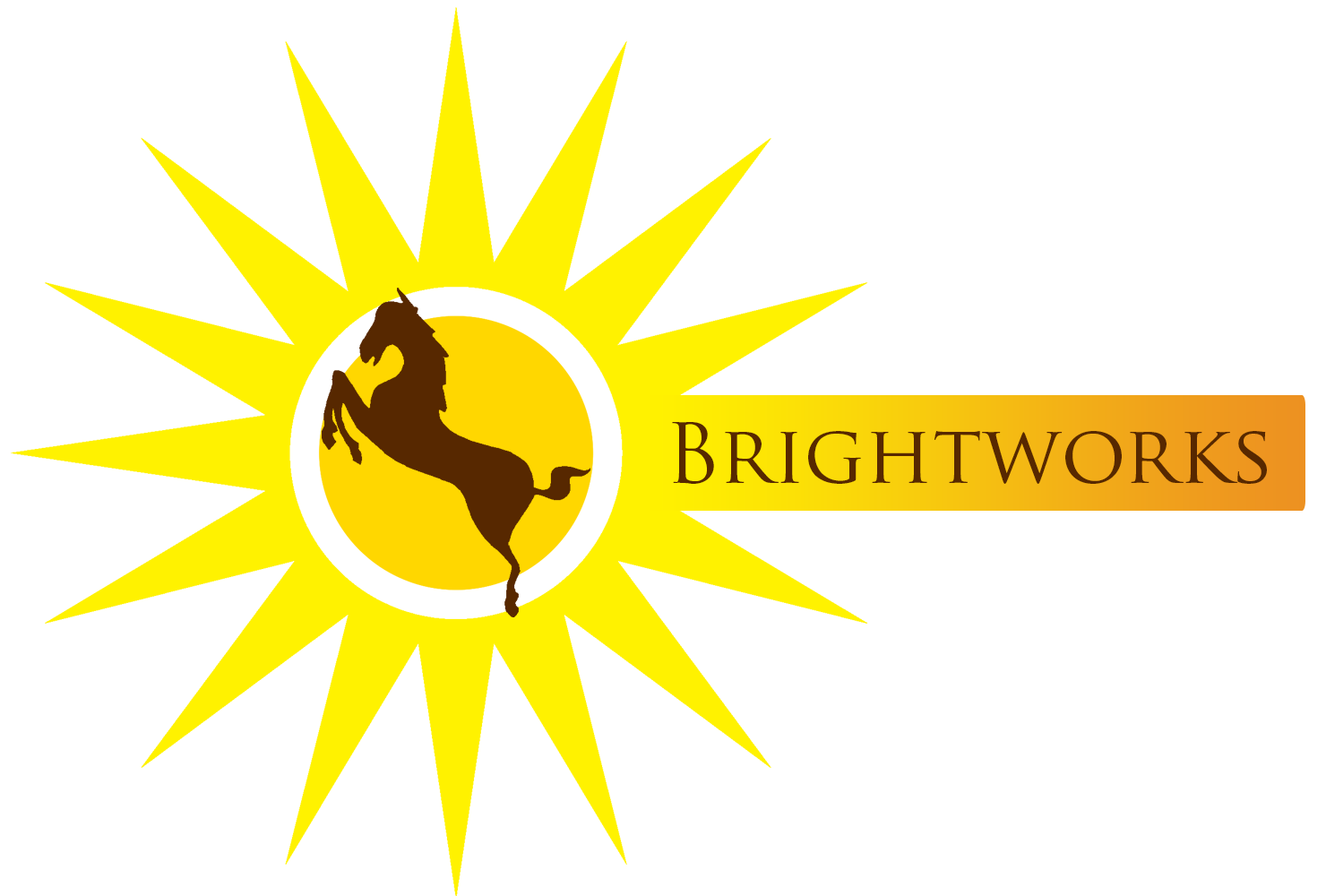CRITICAL THINKING AND INNOVATION
“Education is not the learning of facts, but training the mind to think.” Albert Einstein

How does one critically think and be creative to innovate? What are the top skill sets that can aid one’s ability to innovate?
According to an article written by David Whitney: Critically Thinking Innovation*
Successful innovators think critically and act strategically. Although the ability to solve problems can rely heavily on an innovator’s creativity, a deeper look at the innovation process shows that creativity is one of many variables found in the equation of successful innovation. The innovation process consists of a series of steps — some before and others after creative thinking occurs; so, where — and how — does critical thinking fit into the process of critically thinking innovation?
Mr. Surajit Dhar, a Lean Six Sigma Master Black Belt and Certified Practicing Management Consultant (PMC) shared on some of the methods, tools, and processes that can aid an organization and its employees in their innovation and productivity projects. Mr Dhar has been involved in productivity and innovation projects with the Engineering Design & Manufacturing sector for more than 2 decades.
Q1. WHAT TIPS OR TOOLS WOULD YOU RECOMMEND TO BOOST A TEAM’S OR AN INDIVIDUAL’S CREATIVITY TO DELIVER INNOVATIVE PROBLEM-SOLVING IN THEIR WORK ENVIRONMENT?
From my experience, it would be important to first identify and select a Facilitator who will lead the team. This Facilitator needs to have at least 15 years of relevant industrial experience so that they can coach the team toward problem-solving. To ensure that the entire process can be unbiased with contributions from different perspectives which is critical for creative and innovative ideas and solutions to surface, an external Facilitator would be preferred.
The next most important step is for the Facilitator to aid the team to write the Problem Statement. The Problem Statement should contain information such as
1. When did the problem occur?
2. What is the organization’s exposure, damage or how many products or customers are affected/impacted?
3. Are there any preliminary information on why this has happened?
4. What is the severity of the problem?
5. Is it really a problem? Or it’s just a specification issue and not a functional issue or both?
With all the above addressed during the problem definition phase, it’ll be easier to break up the problem into bite-size bits and utilize available tools such as Kaizen Management, Six Sigma, etc to problem solve.
Q2. HOW DOES ONE UP THEIR ABILITY TO DEVELOP CRITICAL THINKING TO SOLVE COMPLEX PROBLEMS IN TODAY’S EVERCHANGING ENVIRONMENT?
To solve complex problems in today’s context, too simplistics an approach may not be effective. We should definitely utilize Business Data Analytics and Predictive Analysis based on past history or big data to solve problems in today’s complex and everchanging environment.
To up one’s ability to develop critical thinking to solve complex problems, one needs to develop skills & knowledge in the following areas:
1. Ability to capture relevant data including the ability to identify the right information so that there is clean input data.
2. Ability to analyze the data, preferably using the relevant Statistical Tools.
The following is how we look at a problem in the Engineering Design & Manufacturing sector:
If the problem is the output and is a dependant variable, say “Y”.
Then, there can be many factors (“X’s) that can influence the output “Y”.
Thus, we need to understand Basic Transfer Function Y=f(X).
In layman terms, this means that when we look at a problem, we will need to examine and investigate all the factors and variables that may have caused the problem. Only after analyzing the problem from all these ‘Data or Factors’, we will know the root cause of the problem that has been identified. As this conclusion is data-driven, the confidence level that it is the most likely root cause will be very high.
Q3. HOW CAN THE KAIZEN MANAGEMENT SYSTEM HELP A COMPANY BUILD THEIR TEAM’S CREATIVITY AND INNOVATION SKILLS DEEMED CRITICAL IN THIS DISRUPTIVE ENVIRONMENT?
After the initial problem identifying phase mentioned in Q1’s answer, the experienced facilitator can then utilize the Kaizen management system to problem solve. The basics of the Kaizen methodology is to slice the “big problem” into smaller pieces or different phases. Each smaller piece then becomes a mini-project. It is important that the duration to complete each of these mini-projects does not take too long. Most times, it should not exceed 2 weeks.
With a short duration and motivation to succeed, the probability of success of such mini-projects is very high. Once the success rate is high, motivation & confidence level of employees gets a boost. Thus, it’ll benefit in building the team’s confidence, creativity and innovation skills step by step, in the long run.
The Kaizen management system is a company-wide initiative and should involve all the employees in an organization.
* References:
Article by David Whitney: Critically Thinking Innovation: https://www.businessmagazinegainesville.com/critically-thinking-innovation/

